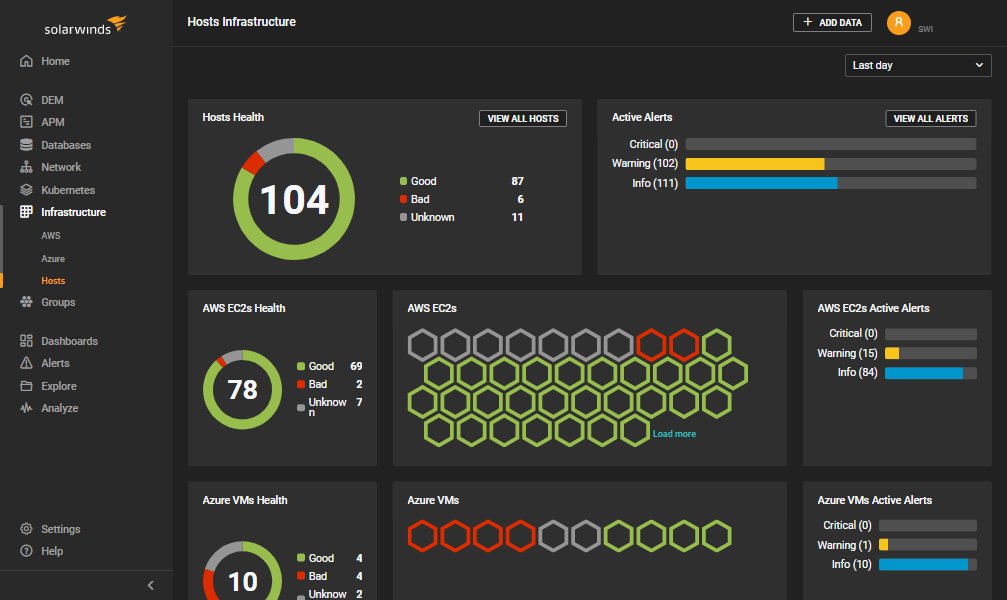Microsoft hardware design = cool?


Microsoft is not the company that comes to mind when you think about great design. Apple, perhaps, but not Microsoft.
But that may be changing, which we discovered when we looked back over 30 years of hardware designs from Microsoft. Although it took Redmond quite a while to get up to speed, its designs are starting to look pretty cool.













 The United States is the “founding father” of the Internet, so it’s somewhat ironic that none of the 50 best-connected cities in the world today is American.
The United States is the “founding father” of the Internet, so it’s somewhat ironic that none of the 50 best-connected cities in the world today is American. We’re going to show you a chart that confirms what some of you already suspected, and Microsoft probably isn’t too happy about. A lot of people only use
We’re going to show you a chart that confirms what some of you already suspected, and Microsoft probably isn’t too happy about. A lot of people only use  There’s no doubt that when the first iPhone was launched in 2007, it revolutionized not only the mobile phone industry, but the tech industry at large.
There’s no doubt that when the first iPhone was launched in 2007, it revolutionized not only the mobile phone industry, but the tech industry at large.
 George Orwell’s arguably most famous novel, the dystopian
George Orwell’s arguably most famous novel, the dystopian  As you may have heard,
As you may have heard,  We hope you had Pingdom monitoring for WWDC tickets, as Apple just opened up this year’s
We hope you had Pingdom monitoring for WWDC tickets, as Apple just opened up this year’s 

 IRC (
IRC (



















